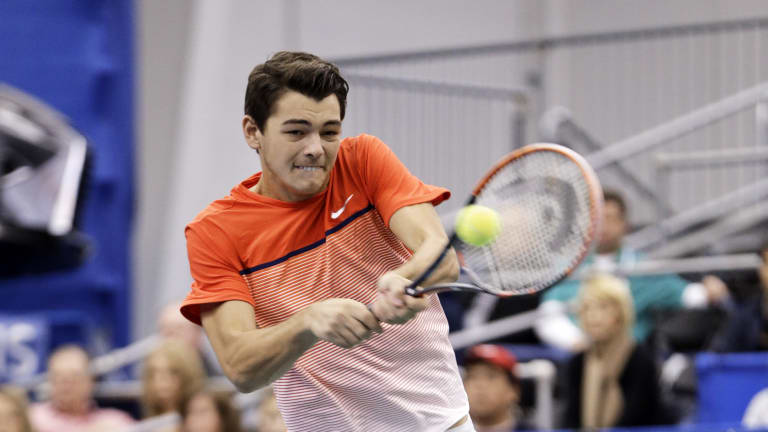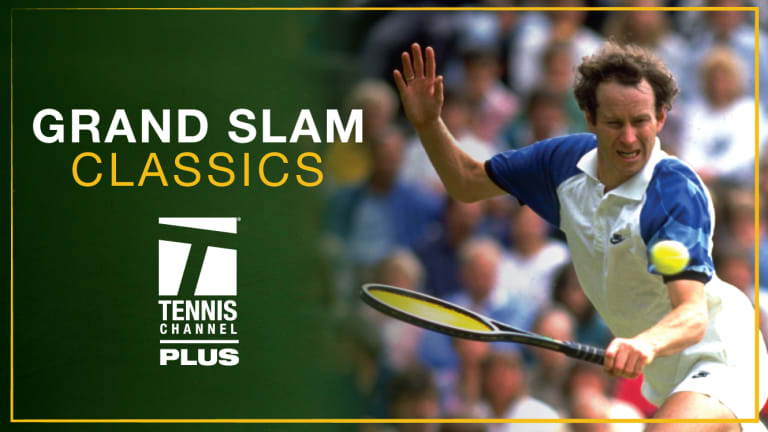The Sophomore: Taylor Fritz knows that the hard work has just begun
By Aug 21, 2017Pick of the Day
Madrid Open Betting Preview: Mariano Navone vs. Ben Shelton
By Apr 25, 2025Madrid, Spain
Elena Rybakina vs. Bianca Andreescu: Where to Watch, Madrid Open Betting Odds
By Apr 25, 2025Madrid, Spain
Holger Rune vs. Flavio Cobolli: Where to Watch, Madrid Open Betting Odds
By Apr 25, 2025Madrid, Spain
Emma Raducanu vs. Marta Kostyuk: Where to Watch, Madrid Open Betting Odds
By Apr 25, 2025Madrid, Spain
Coco Gauff joins Iga Swiatek in rallying to win Madrid opener
By Apr 24, 2025Madrid, Spain
Illness forces Karolina Muchova to withdraw from Mutua Madrid Open
By Apr 24, 2025pickleball
Andre Agassi to make pro pickleball debut with Anna Leigh Waters at US Open Pickleball Championships
By Apr 24, 2025Madrid, Spain
Jelena Ostapenko won't face Iga Swiatek in Madrid after falling to Anastasija Sevastova
By Apr 24, 2025Madrid, Spain
Iga Swiatek escapes Alexandra Eala in Madrid second round
By Apr 24, 2025The Sophomore: Taylor Fritz knows that the hard work has just begun
Fritz burst onto the scene in 2016, but this season has predictab
Published Aug 21, 2017
Advertising

The Sophomore: Taylor Fritz knows that the hard work has just begun
Advertising

The Sophomore: Taylor Fritz knows that the hard work has just begun
© AP
Advertising

The Sophomore: Taylor Fritz knows that the hard work has just begun
© AP
Advertising

The Sophomore: Taylor Fritz knows that the hard work has just begun